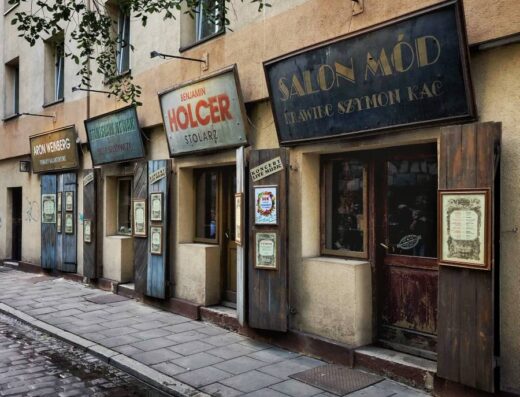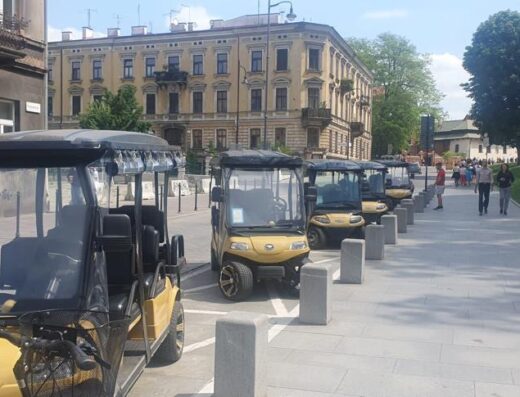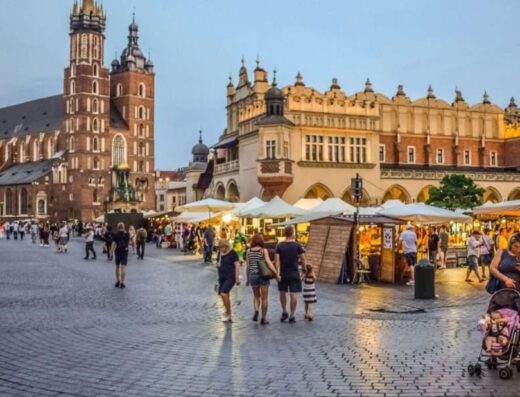The great history of the Second Deadly War intersects here with private life, private life – with the tragedy that touched the whole world.
The factory at 4 Lipowa Street began operating two years before it became common. In the fall of 1939, when it was taken away from its three Jewish owners, it fell into the hands of the Sudeten German Oskar Schindler (1908-1974), the NSDAP and most likely a collaborator of the Abwehr. Thanks to these connections, your Deutsche Emailwarenfabrik, commonly known as Emalia, was able to obtain available orders – both civilian (pots, organizations, etc.) and military (e.g. canteens, and later also bullet casings) – which generate a lot of income for him.
Schindler was employed, the unit was free from labor due to its work efficiency. the emergence of the ghetto and brutal deportation actions made him realize that as the director of a prosperous factory he had a chance, it helped these people – ID cards issued to Jews protected them against displacement and deportation to camps.
After the liquidation of the ghetto (March 1943), thanks to his contacts and bribes, Schindler made a sub-camp of the labor camp in Płaszów available on the factory premises. His employees lived in barracks built next to the factory, away from the sadistic camp commandant Amon Goeth and his guards. The factory itself is a safe shelter for about 1,000 people, including the elderly, the sick and children, where sanitary conditions and food rations are more dangerous than in the camp.
When the Nazis began to prepare for evacuation after the lost war, the sub-camp in Emalia was liquidated. waterfall Schindler opened an ammunition factory in Brünnlitz (Czech Republic) and employed “his” Jews there. In this way, the lives of approximately 1,100 people were saved.
The wartime history of the factory and its original owner, Oskar Schindler, and the fate of the Jewish workers he rescued, prisoners of the Plaszow labor camp near Krakow, are known around the world for the hero of Steven Spielberg’s film Schindler’s List from 1993. Today, in the administrative building of the former enamelware factory, located in a branch of the Krakow Museum – eagerly visited by users from various countries who want to see the place where Oskar Schindler saved over a thousand people. At the forefront of the exhibition is the figure of a German entrepreneur, “righteous among the nations of the world”, and the fate of the Krakow Jews he introduced, as part of the complicated history of the city during the Nazi occupation in 1939-1945. The great history of the Second Deadly War intersects with life, private stories – with the tragedy that touched the whole world.
Admission to the exhibition is recommended for people aged 14 and over. The remains of Schindler’s Factory also include temporary exhibitions, film screenings and other events. Reservation is recommended: www.bilety.mhk.pl. Schindler’s Factory is part of the museum’s Memorial Route (Pomorska Street, Apteka Pod Orłem, Schindler’s Factory). Closed on the 1st Tuesday of the month.
Tickets: regular PLN 32, reduced PLN 28, family PLN 64, free admission on Mondays (entrance tickets required)
www.bilety.mhk.pl
The former Oskar Schindler factory also houses the MOCAK Museum of Contemporary Art in Krakow.
– Fabryka O. Schindlera: Miejsce, gdzie Oscar Schindler uratował ponad 1,2 tysiąca żydowskich pracowników podczas wojny.
– Rynek Podgórski: Historyczny rynek na terenie Podgórza, dawnej dzielnicy żydowskiej i miejsca getta.
– Kościół Św. Józefa: Imponujący kościół z pięknymi wnętrzami i bogatą historią.




